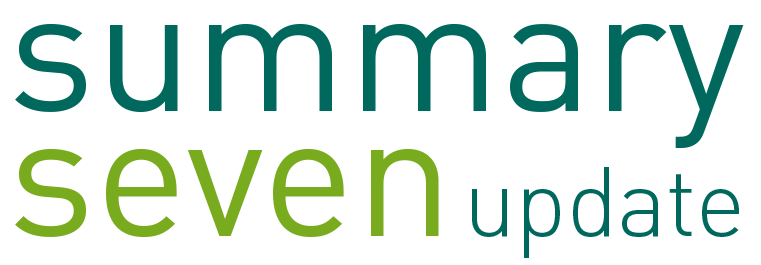Around 400 modern and innovative wound care products, including silver-containing wound dressings for patients with diabetic foot syndrome and polihexanide (PHMB)-containing dressings against pathogenic germs, were classified as „other products for wound treatment“ with the introduction of the German Act for Greater Safety in the Supply of Medicines (GSAV) and should therefore only be reimbursed by the statutory health insurance funds if manufacturers provide expensive proof of benefit.
This proof of the benefit of „other products for wound treatment“, which are subject to the evaluation procedure, will now be postponed. With the passing of the Act on the Further Development of Health Care, GVWG for short, the deadline will be extended from one year to three years (36 months) transitional period, according to the decision of the Federal Joint Committee (G-BA) of December 2, 2020, so that manufacturers have more time for elaborate and intensive studies of the proof of the safety of proven products.
The Federal Council recently informed manufacturers of this decision. Still, they are now voicing further criticism: The German Medical Technology Association (BVMed), as an interest group of manufacturers of proven medical wound dressings with an additional effect, categorized as „other products for wound treatment,“ criticizes the approach of the G-BA, which is not able to publish the criteria for evidence of benefit, so that uncertainty prevails among manufacturers. The evaluation procedure must be described very clearly. Manufacturers also have a binding right to advice on the G-BA criteria. Still, if the committee does not provide the necessary clarity, then the wound care products in question cannot be included in the G-BA’s Medicines Directive (AM-RL). They would then no longer be reimbursable and would not be paid for by the statutory health insurance (SHI). To prevent this from happening in the first place – patients need these products for wound infections of poorly healing wounds – BVMed urges haste so that studies can be planned and carried out in good time.
For patients and those affected, this means that the risk of wound infections can be reduced if said and long-established wound care products would continue to be reimbursed. Most patients with chronic and poorly healing wounds have a poor general condition or underlying diseases that would lead to pathogenic germs worsening the wound situation. In the worst case, there is a risk of limb amputation, for example, in patients with diabetic feet.
Source: Ärztezeitung
